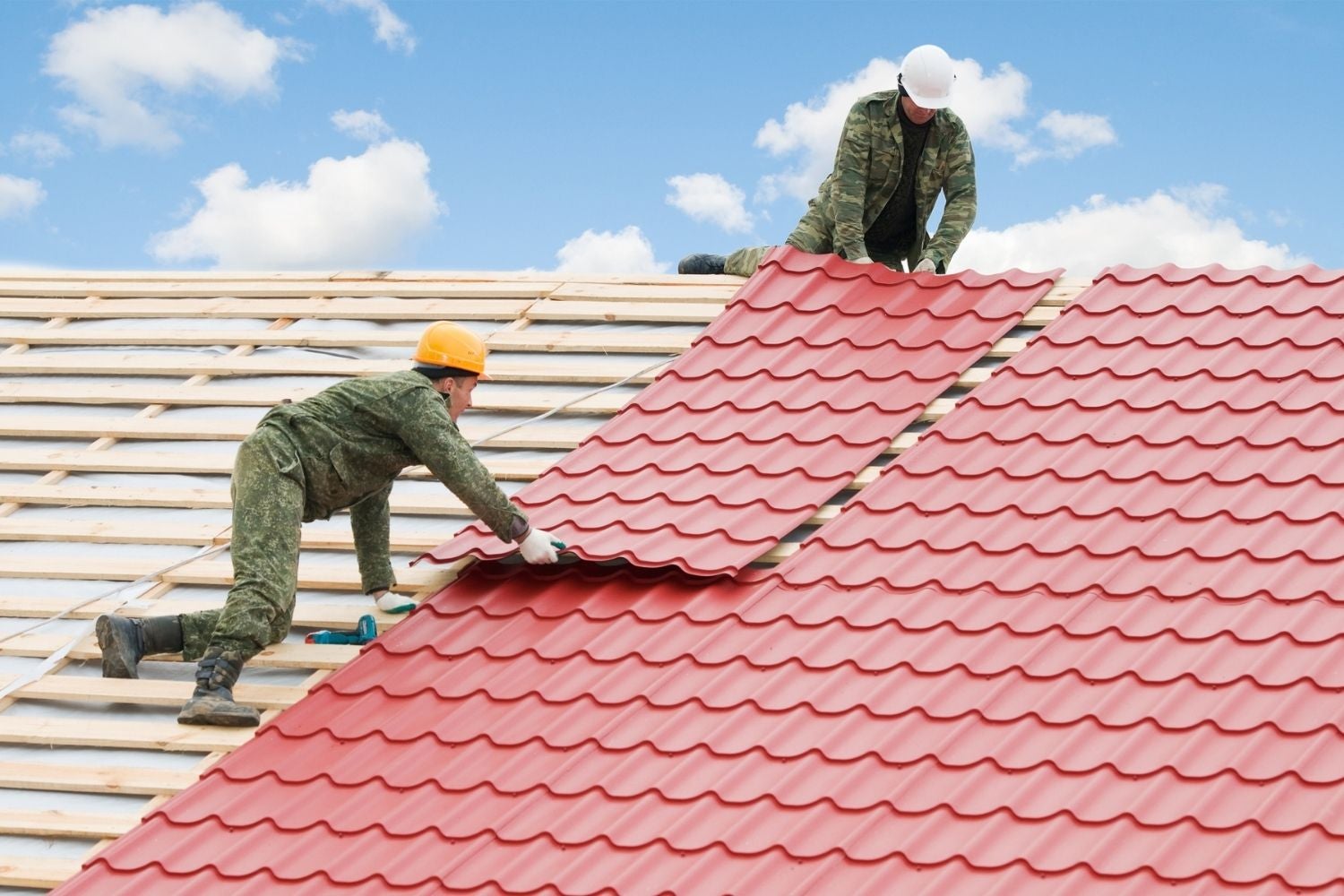Conservatories, also known as sunrooms or garden rooms, have become popular additions to homes, providing a seamless transition between indoor and outdoor spaces. A well-designed conservatory roof is crucial to the overall functionality and aesthetics of the structure.
Conservatory Roofs: A Guide to Choosing the Right One

This article will explore the different types of conservatory roofs, their advantages and disadvantages, and factors to consider when making a selection.
Types of Conservatory Roofs
Glass Roofs: Glass roofs offer panoramic views and abundant natural light. They are available in various styles, including:
- Flat Glass: A classic option known for its simplicity and affordability.
- Curved Glass: Provides a more elegant and modern look, with a gentle curve to the roof.
- Pitched Glass: Offers a traditional appearance and can help with rainwater drainage.
Solid Roofs: Solid roofs are made of materials such as polycarbonate, tiled, or slate. They provide better insulation and can be used for year-round enjoyment.
Hybrid Roofs: A combination of glass and solid panels, hybrid roofs offer a balance of natural light and insulation. They can be customized to suit specific needs and preferences.
Factors to Consider When Choosing a Conservatory Roof
- Climate: Consider your local climate and the amount of sunlight your conservatory will receive. Glass roofs are ideal for warmer climates, while solid roofs are better suited for colder regions.
- Energy Efficiency: If energy efficiency is a priority, choose a roof with good insulation properties. Solid roofs and hybrid roofs often offer better insulation than glass roofs.
- Aesthetics: The style of your conservatory roof should complement the overall design of your home. Consider the architectural style and your personal preferences.
- Maintenance: Different roof materials require varying levels of maintenance. Glass roofs may require regular cleaning to prevent condensation, while solid roofs may need periodic repairs or replacements.
- Planning Permissions: Check local planning regulations to ensure that your chosen conservatory roof complies with building codes and restrictions.
Advantages and Disadvantages of Different Roof Types
Table 1: Advantages and Disadvantages of Glass Roofs
| Advantage | Disadvantage |
|---|---|
| Abundant natural light | Can be hot in summer and cold in winter |
| Panoramic views | May require shading to prevent overheating |
| Modern and stylish | Can be more expensive than solid roofs |
Table 2: Advantages and Disadvantages of Solid Roofs
| Advantage | Disadvantage |
|---|---|
| Better insulation | May not provide as much natural light as glass roofs |
| Year-round use | Can be more expensive to install |
| Lower maintenance | May not have the same aesthetic appeal as glass roofs |
Additional Considerations
- Ventilation: Ensure your conservatory has adequate ventilation to prevent condensation and maintain a comfortable temperature.
- Shading: Consider adding shading options, such as blinds or awnings, to control sunlight and reduce heat gain.
- Insulation: If you plan to use your conservatory year-round, invest in high-quality insulation to keep it comfortable.
- Solar Panels: Explore the possibility of installing solar panels on your conservatory roof to generate renewable energy.
Share this article 











Recent Comments